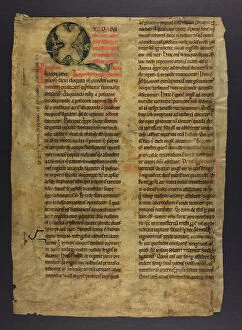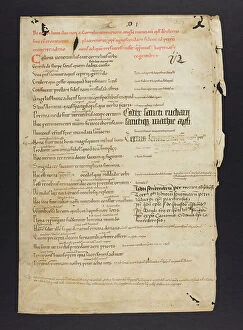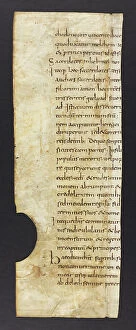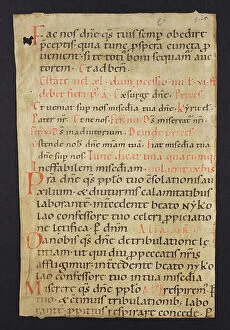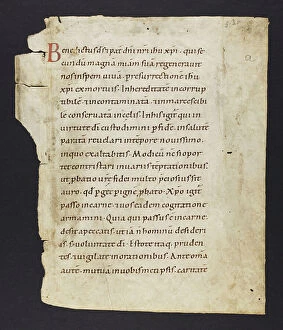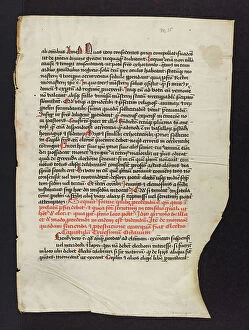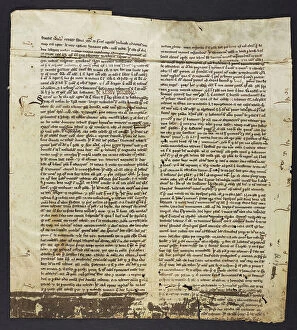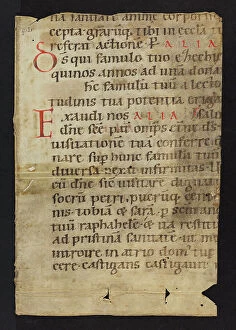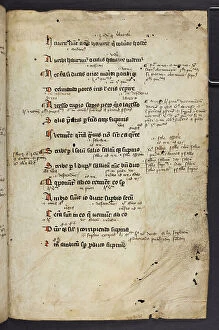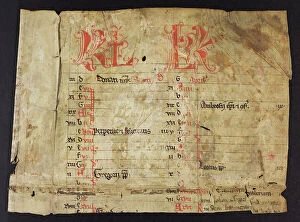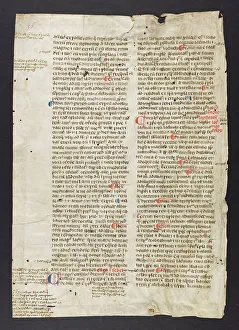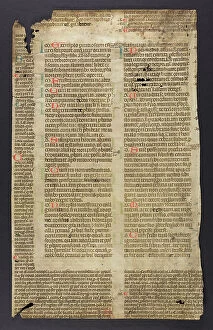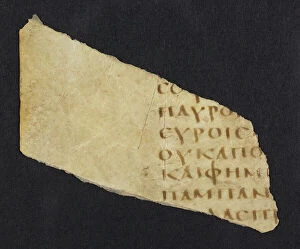Parchment Collection (page 7)
"Parchment: A Timeless Medium for Knowledge and Art" Parchment, a material steeped in history, has been the canvas for countless masterpieces throughout the ages
All Professionally Made to Order for Quick Shipping
"Parchment: A Timeless Medium for Knowledge and Art" Parchment, a material steeped in history, has been the canvas for countless masterpieces throughout the ages. From ancient maps to sacred texts, its versatility and durability have preserved human knowledge and artistic expression. Take the Fra Mauro map of 1460, an extraordinary example of cartography on parchment. Unconventional in its orientation with South at the top, this map challenged traditional conventions while showcasing intricate details of distant lands. Inscribed on parchments like Bar Kokhba's original Dead Sea Scroll from 134 CE are significant historical documents such as deeds with multiple signatures. These fragile scrolls provide invaluable insights into ancient civilizations and their legal practices. The elegance of calligraphy is beautifully captured on parchments like the Manuscript Leaf opening The Book of Nehemias from a French Bible dating back to ca. 1280-1300. Each stroke meticulously crafted by skilled hands reflects both devotion and artistry. It also served as a medium for world exploration, as seen in a remarkable world map from 1520. This detailed representation showcases how explorers envisioned our planet during that era when new discoveries were reshaping our understanding of geography. Even religious manuscripts found solace on parchment; Ramon Llull's Breviculum Codex features stunning miniatures that illuminate his philosophical ideas through vivid imagery created using ink on parchment surfaces. Across continents, cultures embraced parchment's allure; a Japanese girl practicing calligraphy demonstrates how this delicate art form continues to be cherished today. The precision required highlights not only skill but also patience and discipline. Strabo's Map of the World further exemplifies how parchment was used to convey geographical knowledge during antiquity—a testament to humanity's thirst for understanding our place within the vastness of Earth. Music too found its home on these durable sheets.









